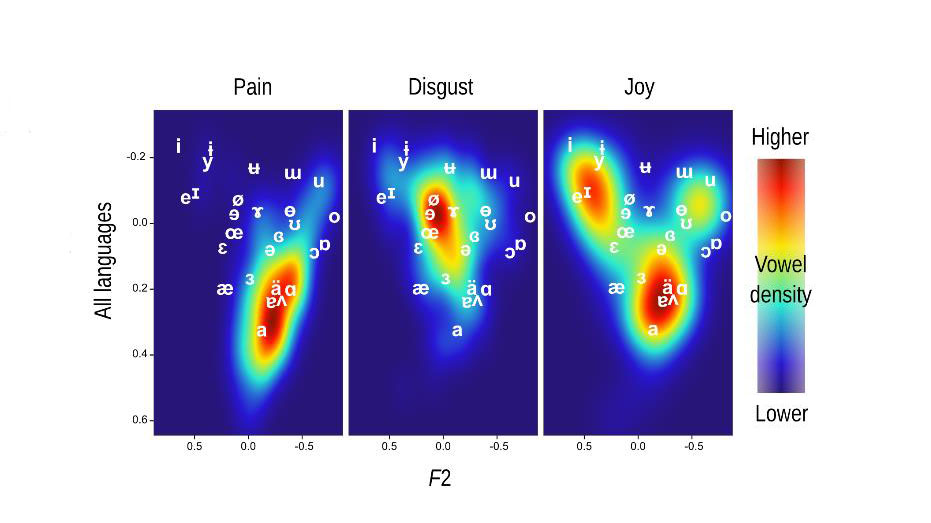Study investigates vocalizations and interjections for pain, joy, and disgust across 131 languages.
From the Journal: The Journal of the Acoustical Society of America

WASHINGTON, Nov. 12, 2024 – There are an estimated 7,000 languages spoken worldwide, each offering unique ways to express human emotion. But do certain emotions show regularities in their vocal expression across languages?
In JASA, published on behalf of the Acoustical Society of America by AIP Publishing, an interdisciplinary team of linguists and bioacousticians led by Maïa Ponsonnet, Katarzyna Pisanski, and Christophe Coupé explored this by comparing expressive interjections (like “wow!”) to nonlinguistic vocalizations (like screams and cries) across the globe.
Pisanski explained how studying cries, screams, and laughter can shed light on the origins of speech.
“Why did we humans start to speak, and other primates didn’t? We all produce laughter, and hundreds of species produce playlike vocalizations,” said Ponsonnet. “Yet we are the only species that evolved spoken language. Looking at these commonalities across species can help us understand where humans diverged and how.
“Critically, by comparing interjections to vocalizations expressing the same emotions, we can test whether the acoustic patterns we observe in interjections can be traced back to vocalizations.”
The researchers analyzed vowels in interjections from 131 languages, comparing them with nearly 500 vowels from vocalizations produced in joyful, painful, or disgusting contexts.
They predicted that the vocalizations’ acoustic forms reflect their adaptive or social functions. “We believe that many vocal expressions have a function. For example, babies’ cries tend to be loud and harsh, evolving to annoy parents enough to stop the aversive signal. We expect vocal expressions of pain, disgust, and joy to reflect their functions too,” said Pisanski.
The researchers found evidence to support this for vocalizations: Each of the three emotions yielded consistent and distinct vowel signatures across cultures. Pain interjections also featured similar open vowels, such as “a,” and wide falling diphthongs, such as “ai” in “Ayyy!” and “aw” in “Ouch!” However, for disgusted and joyful emotions, in contrast to vocalizations, the interjections lacked regularities across cultures. The researchers expressed surprise at this latter finding.
The team aims to expand this research across more cultures and emotions to better understand how widespread vocal expressions arise and where they come from.
###
Article Title
Authors
Maïa Ponsonnet, Christophe Coupé, François Pellegrino, Garcia Arasco Aitana, and Katarzyna Pisanski
Author Affiliations
Université Lumière Lyon, University of Western Australia, University of Hong Kong, University Jean Monnet of Saint-Etienne, University of Wrocław
